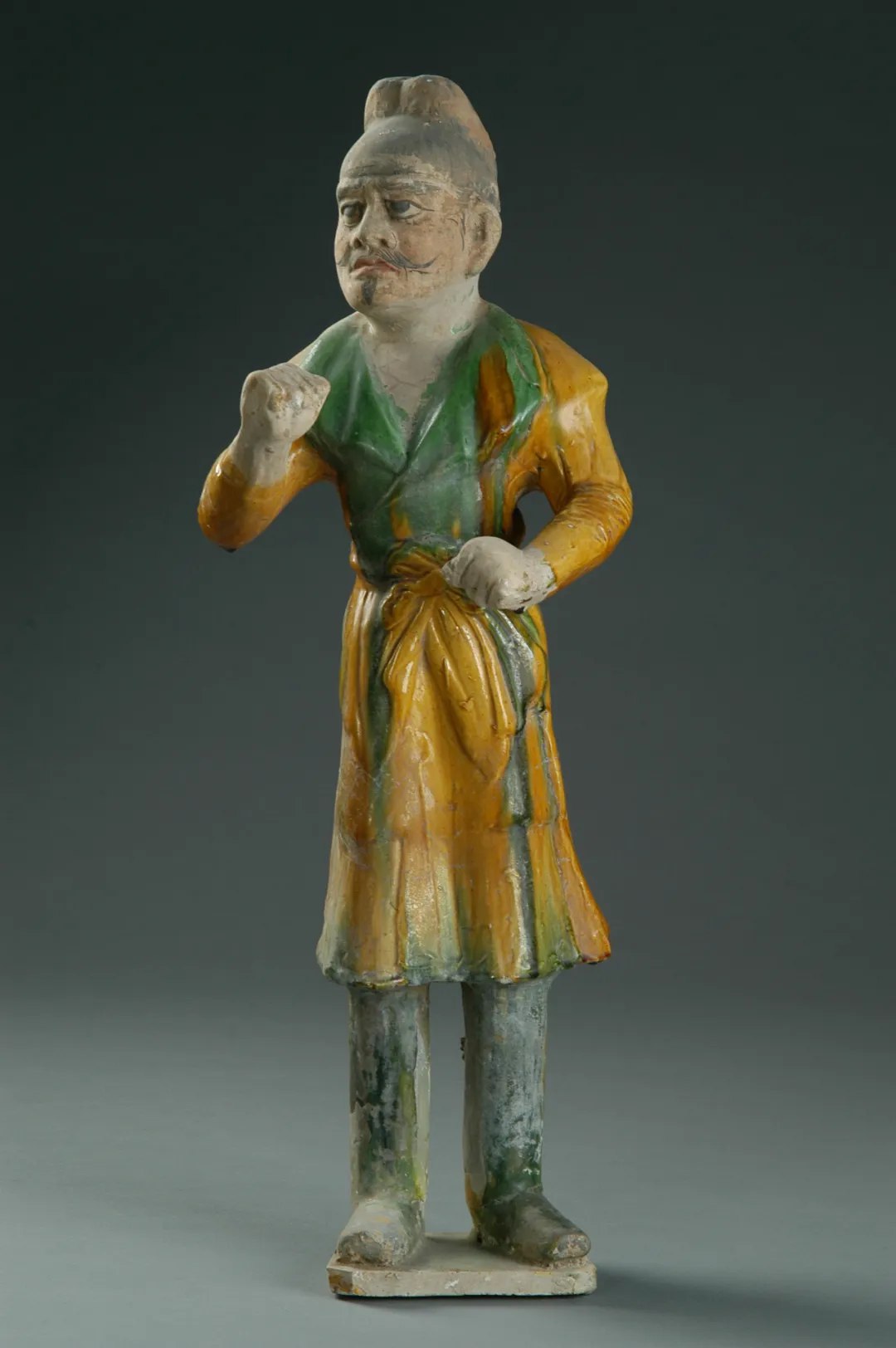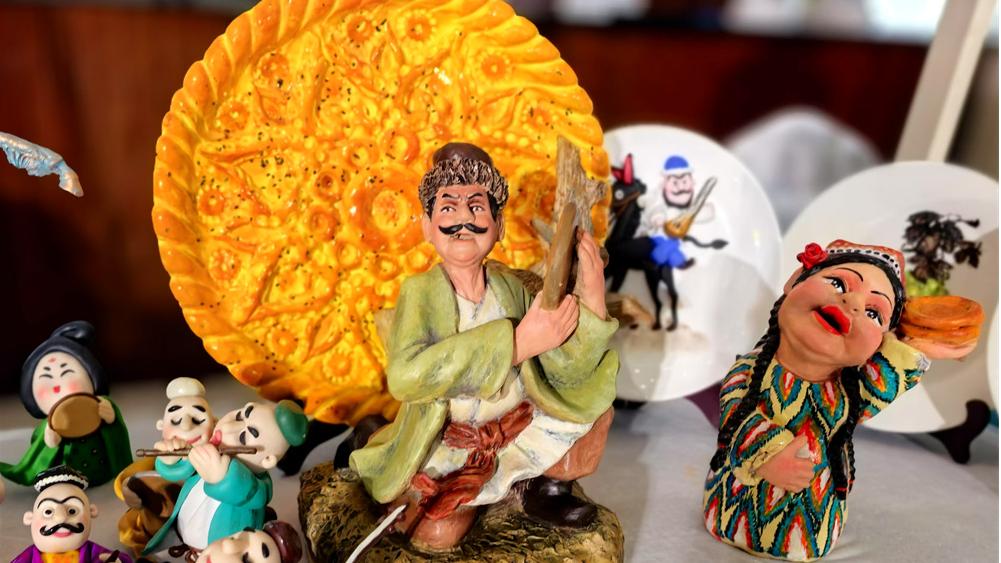A glimpse into ancient capital Luoyang: a treasure trove in C China's Henan
With a long history and profound cultural heritage, Luoyang city in central China's Henan Province is increasingly emerging as a tourist mecca, captivating visitors with immersive cultural experiences, fascinating historical insights, a distinctive culinary culture, and stunning natural beauty.
An ancient capital filled with "time travelers"
As the ancient capital of 13 Chinese dynasties, Luoyang boasts over 5,000 years of civilization and a history as a city spanning more than 4,000 years.
Building on its rich historical and cultural heritage, the city's tourism industry has made immersive experiences of traditional Chinese culture a key highlight of its offerings.

Thanks to comprehensive tourism services, visitors in elaborate traditional Chinese costumes are now a common sight throughout the city, particularly at historical sites, museums, and ancient districts.
At the National Archaeological Site Park of Sui-Tang Luoyang City in Luoyang, visitors can immerse themselves in the grandeur of majestic and splendid palaces that they have seen in history textbooks, and attend audio-visual feasts with famous historical figures played by staff members of the park.

Sipping a cup of Tang Dynasty-style tea while enjoying the spectacular dance performance titled "Banquet of Tang Palace" at the Yingtianmen site museum of the National Archaeological Site Park of Sui-Tang Luoyang City, visitors feel as if they had traveled through time back into the Tang Dynasty.
At Longmen ancient block, a cultural and tourism landmark located at the main entrance to the UNESCO World Heritage Site Longmen Grottoes in Luoyang, an immersive experience hall named "supreme Longmen" takes visitors on a thrilling virtual journey through 1,000 years of history in just a few minutes.
A fascinating insight into history through cultural relics
With over 100 museums and more than 600,000 pieces of movable cultural relics, Luoyang is known as the "museum capital of the East."
In Luoyang's museums, such as the Luoyang Museum and Erlitou Site Museum of the Xia Capital, each artifact serves as a storyteller, providing a window into ancient history.
Many artifacts in these museums have garnered widespread attention from visitors and internet users for their unique and striking appearance.
A tri-colored glazed pottery sculpture from the Tang Dynasty (618-907), which depicts a man who leads camels, is called the "fashion icon" of ancient cultural relics due to his colorful clothes.

A painted tomb guardian from the Northern Wei Dynasty (386-534), with its sharp pointed head and pouted mouth, looks so adorkable as if it is asking, "Really?"

Another Tang Dynasty tri-colored pottery sculpture of a foreign man who leads horses has attracted visitors because of his confused expression. Netizens affectionately call it "the most bewildered cultural relic".

A dish that pleases both the eyes and the taste buds
Luoyang is also famous for its food, which is as beautiful as it is delicious. One of the most renowned local dishes, "Peony Swallow Dish," combines delicate flavors with a stunning visual presentation featuring a peony made of egg yolk.

The city's wide variety of soups have conquered many taste buds.
Early in the morning, streets across Luoyang are bustling with people enjoying hot bowls of soup, ranging from savory beef soup to flavorful mutton soup, "stinky yet delicious" mixed offal soup, delicate tofu soup, and aromatic meatball soup.
"A mountain where immortals live"
Luoyang's natural beauty also fascinates visitors.
Laojun Mountain, located in Luanchuan county, Luoyang city, is known as the "mountain where immortals live", due to its profound Daoism cultural heritage.

In winter, the snow-covered mountain looks like a fairyland, offering breathtaking views of a swirling sea of clouds and mountains looming in the sea of clouds.
Luoyang, a city that is both captivating and full of unique flavors, is a place you must visit! Dress in your best Chinese costumes and enjoy entering a dream with a history that spans thousands of years.
Photos
Related Stories
Copyright © 2024 People's Daily Online. All Rights Reserved.









